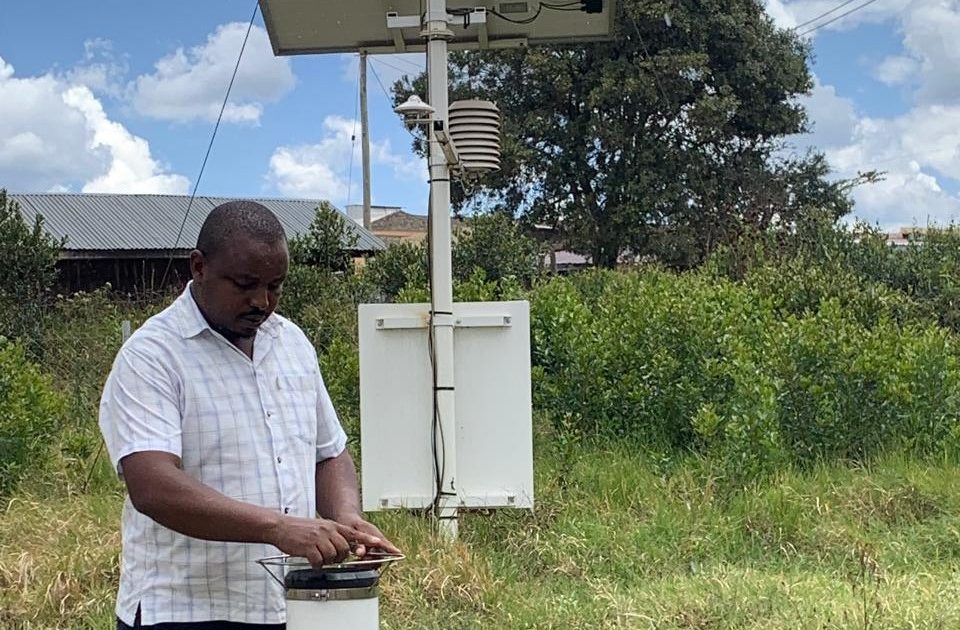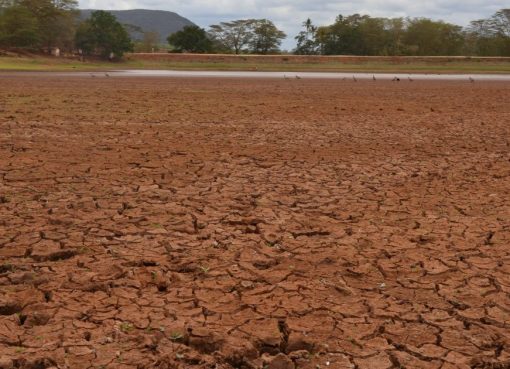Murang’a is expected to receive depressed rainfall in the October – December rain season, the County Director of Meteorological Services, Stanley Kinyua, has said.
Kinyua noted that the seasonal rains expected to start between October 15 and 22 and end by December 20, will be poorly distributed both in time and space.
The County, he observed, will receive varying rainfall amounts ranging from a minimum of less than 250mm in lower zones to more than 700mm in upper zones.
“It is expected that most parts of the county will receive depressed rainfall, thus not favourable for agricultural activities,” he told KNA on Thursday at Kangema weather station.
The Director explained that “in view of the forecasted below-normal rainfall, many sectors will be impacted in different ways. With adequate preparations, the county can avoid some of the likely negative impacts while taking full advantage of the positive ones.”
Kinyua stated that, reduced seasonal rainfall amounts, early cessation, and poor distribution are likely to negatively affect agricultural production, especially at lower and middle zones.
“Farmers are encouraged to adopt climate-smart technologies, innovations, and management practices such as planting drought-tolerant and fast-maturing crop varieties, adopting conservation agriculture like minimal or zero tillage, mulching, inclusion of cover crops, and also doing on-farm rainwater harvesting,” he said.
Kinyua further observed that availability of water for general and domestic use in dams and water pans is expected to reduce, saying participatory watershed management should be embraced to reduce conflicts from those in irrigated farming.
“During times of drought, human-wildlife conflict is likely to escalate in most parts of the county, particularly from Velvet monkeys. It’s advisable for relevant government authorities to put in place the necessary contingency plans and early actions,” he added.
On health issues Kinyua said diseases associated with lack of proper nutrition and poor hygiene due to scarcity of food and water are likely to increase.
“Rapid vulnerability assessment should be carried out as well as providing food relief and food supplements to the most vulnerable population, respectively,” he remarked.
During the last rain season, most parts of the county received above-normal rainfall, thus causing landslides and mudslides in the middle and upper zones and floods in the lower parts of Murang’a.
Kinyua said farmers can preserve part of the produce they harvested last season to use later in the year since food production in the expected short rains will be minimal.
By Bernard Munyao




